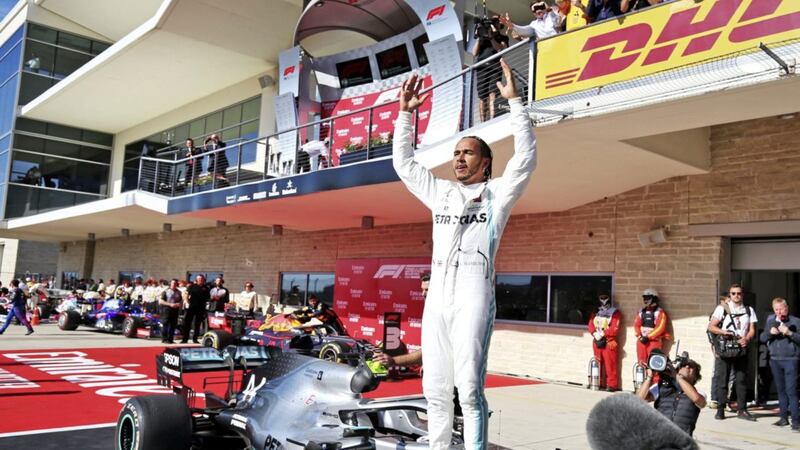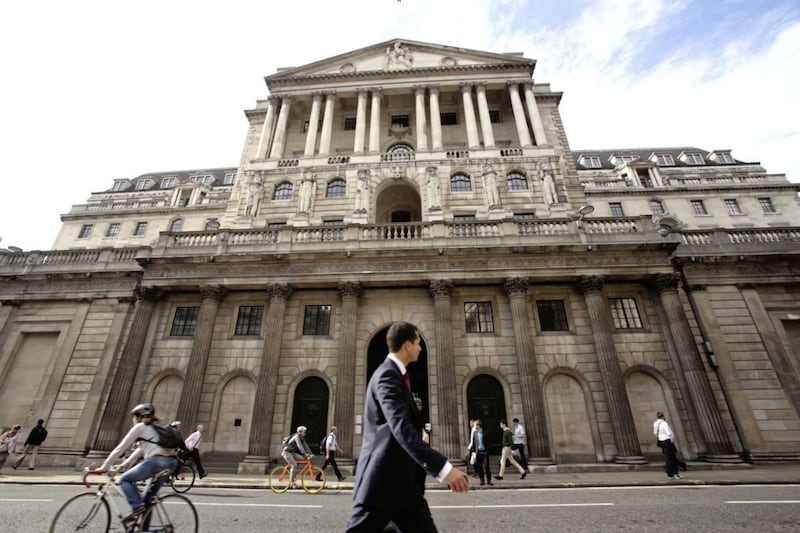THE eyes of the world were on Lewis Hamilton in the United States a couple of weeks ago, as he secured his sixth Formula 1 world championship – becoming the second-most successful F1 driver in history.
The road to world champion seemed pretty set for Lewis; he was simply too far ahead in the points. Admittedly, he might have struggled if his souped-up Mercedes was replaced with a family hatchback: it’s performance alone that counts on the track. His end-goal is pretty clear – winning in the fastest time possible.
Whilst speed may prevail on race day, safety is paramount to the sport, and motorsport has not been without its tragedies. Every harrowing accident brings its own safety response and even Hamilton eventually conceded that the recently introduced “Halo” head protection was necessary.
So in the world of investments, is speed really the best way? Our Barclays Investment Solutions team have shared some thoughts below.
Long-term investing differs from the racing circuit, in that crashes rarely mean the end of the race. Not even the toxic fuel pumping through financial markets in 2008 was enough to write off the global economy.
Still haunted by the financial crisis, some investors have made crash tests their primary concern.
But there’s a real risk that investors bail out in panic and do not finish, rather than push on cautiously for the pit stop and take the chance on a potential recovery to allow them to get back on the track.
In investing, rather than a competitive race to the finish, it’s more about being on the track than being first over the line.
Investing requires a carefully constructed, diversified portfolio which ideally has enough spread over different asset classes and a long enough investment term to ride out the inevitable ebbs and flows of financial markets.
Think of the similarities here as being akin to the combined gains from high tech electronics, gearbox engineering, the right tyres for the conditions, super-efficient fuel mixes and ergonomically streamlined bodywork. It all adds up to provide the skilled driver with the equipment to do his job with the greatest edge.
The end-goal for your investments might be a different one to Hamilton’s, but an important question to ask is, does your portfolio have the right balance between safety and performance to get you there? Take risk for example, the ubiquitous meta-yardstick is the Sharpe ratio, which adjusts returns for their volatility. But volatility is just one way of gauging risk, and a pretty narrow one at that.
A more thorough analysis involves a full MOT: for example, how much of a fund’s performance is down to the skill of the driver, and how much is it down to the size of their engine? And indeed, how resilient are our investments to unforeseen breakdowns?
Lewis Hamilton may be the undisputed champion of F1, but his performance can only be judged in context. His speed and safety settings make his vehicle the right one to win his race. With investing, the only context that matters is yours.
:: Jonathan Sloan is a director at Barclays Wealth & Investments NI








